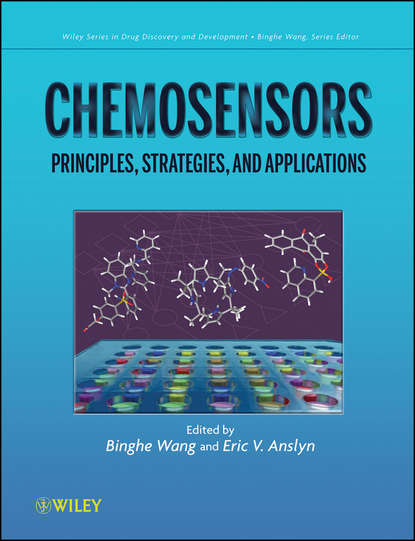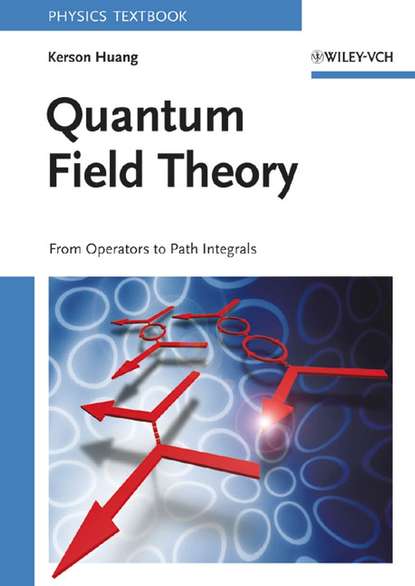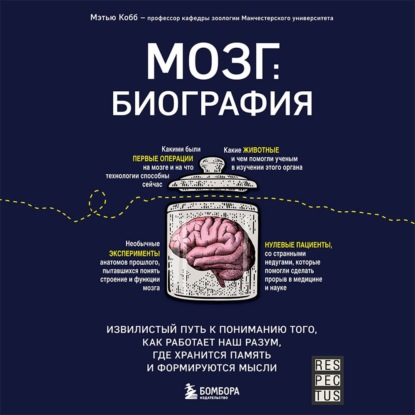Chemosensors. Principles, Strategies, and Applications - всесторонний, доступный и общий обзор хемосенсоров и их применения.
Эта книга предоставляет полный обзор хемосенсоров - органических молекул, разработанных для связывания и обнаружения малых молекул или ионов металлов, - а также их применения. Она предназначена для аналитиков, клиницистов и аспирантов, изучающих продвинутую химию и хемосенсорику.
Хемосенсоры функционируют на молекулярном уровне, генерируя сигнал при связывании. В книге рассматриваются их синтез, разработка и применение для обнаружения биологических и органических молекул, а также ионов металлов. Освещаются такие темы, как молекулярное распознавание, методы обнаружения, стратегии разработки и важные биологические проблемы.
Книга разделена на четыре части, посвященные межмолекулярным взаимодействиям, стратегиям разработки сенсоров, методам обнаружения и примерам применения для определения металлов, сахаридов и аминокислот. Это незаменимый источник информации для специалистов в области химии и биомедицины, использующих сенсоры.
This book covers in details chemosensoring - sentitive devices and substances. It is written by Eric Anslyn, a well known expert in his field and an author of several textbooks. Guidelines and mechanisms of function are optimized depths analyzed, as well various legal preventive methods applied for recovery of individual health situation.
Электронная Книга «Chemosensors. Principles, Strategies, and Applications» написана автором Anslyn Eric V. в году.
Минимальный возраст читателя: 0
Язык: Английский
ISBN: 9781118019566
Описание книги от Anslyn Eric V.
A thorough, accessible, and general overview of chemosensors Providing a comprehensive overview of chemosensors—organic molecules designed to bind and sense small molecules or metal ions—and their applications, Chemosensors: Principles, Strategies, and Applications is an accessible one-stop resource for analysts, clinicians, and graduate students studying advanced chemistry and chemosensing. Chemosensors function on a molecular level, generating a signal upon binding. The book reviews their synthesis, design, and applications for detecting biological and organic molecules as well as metal ions. The text highlights applications in drug discovery and catalyses that have not been well covered elsewhere. Covering such topics as molecular recognition, detection methods, design strategies, and important biological issues, the book is broken into four sections that examine intermolecular interactions, strategies in sensor design, detection methods, and case studies in metal, saccharide, and amino acid sensing. An indispensable source of information for chemical and biomedical experts using sensors, Chemosensors includes case studies to make the material both accessible and understandable to chemists of all backgrounds.



















